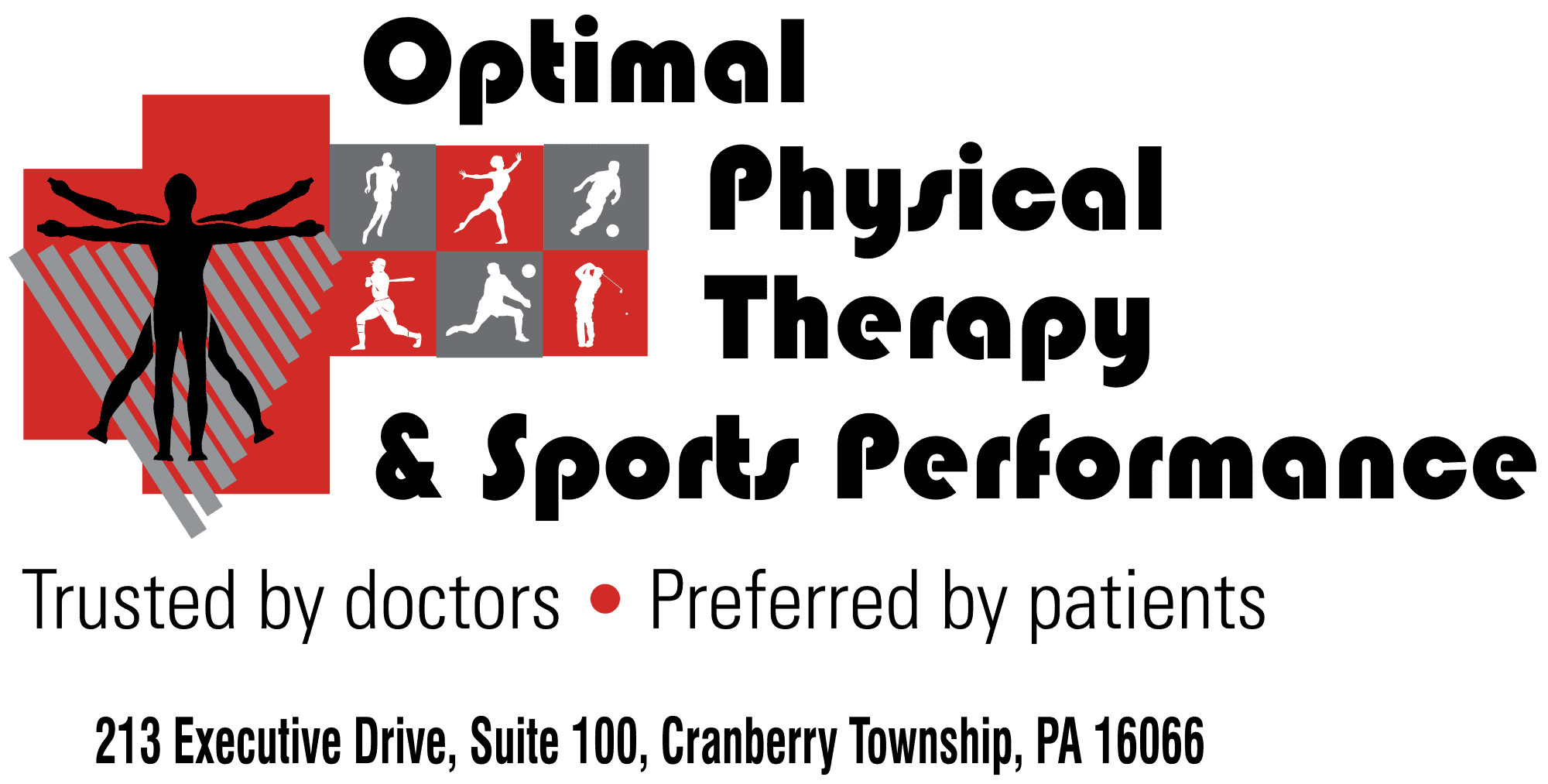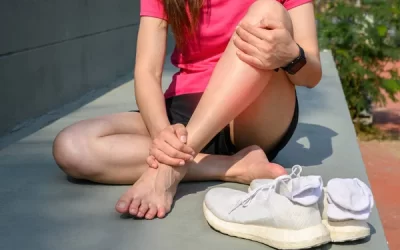Barefoot and Minimalist Running
Barefoot running was initiated as an observation of many long distance runners from Kenya performed well in competition and trained barefoot. Their lifestyle involved them being barefoot much of their lives and the bottom of their feet became adapted to this over many years and thus the skin was thought to be much thicker and tougher than those who grew up wearing shoes on a daily basis. It did not take long for runners who tried barefoot running to notice that their feet had thin and sensitive soles and cuts, blisters, skin breakdown and pain limited their running. We have all experienced what stepping on a small rock while barefoot feels like. Now try it at a running pace. Thus minimalist shoes were created that fit like a very short sock and have a rubber-like bottom to protect the sole of the foot.
Barefoot running and running in minimalist shoes have been a “buzz” over the past 5 years. It is estimated that 25-30% of runners have tried running in minimalist footwear on a regular basis and only 2% run barefoot routinely. Approximately 20% of people surveyed reported trying to run barefoot.
People who promote barefoot/minimalist-shoe running suggest that it changes the biomechanics of the running style and thus strengthens the foot muscles and changes the forces of impact on the legs. They feel this can reduce certain injuries. An article in March 2014 in the British Journal of Sports Medicine analyzed current research regarding barefoot running and concluded, “running injuries are the result of many factors and running without your shoes is least likely to be the mitigating factor”. Studies have shown that 73% of 800 meter and 1500 meter runners have a midfoot or forefoot striking pattern but 89% of half and full marathoners are rearfoot strikers.
The theories on how barefoot running will prevent injury are it reduces impact and reduces the load on the knees. Both of these theories presume changes in mechanics occur with barefoot running by the runner landing in a midfoot or forefoot strike pattern opposed to a heel strike pattern. It has been shown that only 40-50% of barefoot runners change to a midfoot or forefoot striking pattern thus most still strike on their heels. Impact on the heel has been associated with stress related injuries to the tibia (larger lower leg bone). By changing the strike pattern of the foot, the impact is thought to reduce the tibia and knee loading but those forces are now transferred to the foot, ankle and calf muscle. It has been shown that barefoot runners have a higher incidence of foot stress fractures.
Our philosophy is if you wish to change your running style to a midfoot / forefoot striking pattern, we recommend preparing your body’s structures which will become more active. Also, take advantage of the millions of dollars the running shoe companies have spent on designing shock absorbing and traction promoting soles. If you have any questions regarding preparing your body for running, properly matching your foot and ankle type to the correct running shoe or have sustained a running injury, please call us at 724-779-1300.
Pat Sheehy MS, PT



